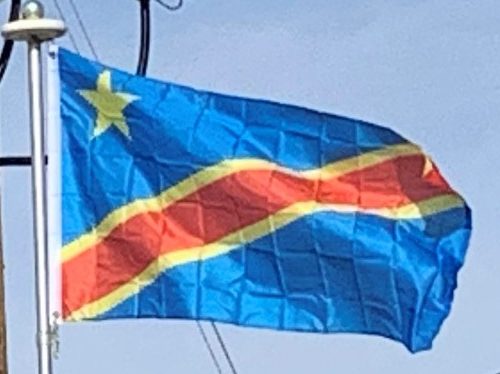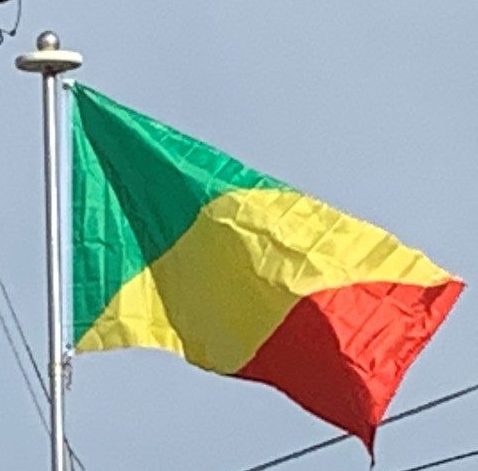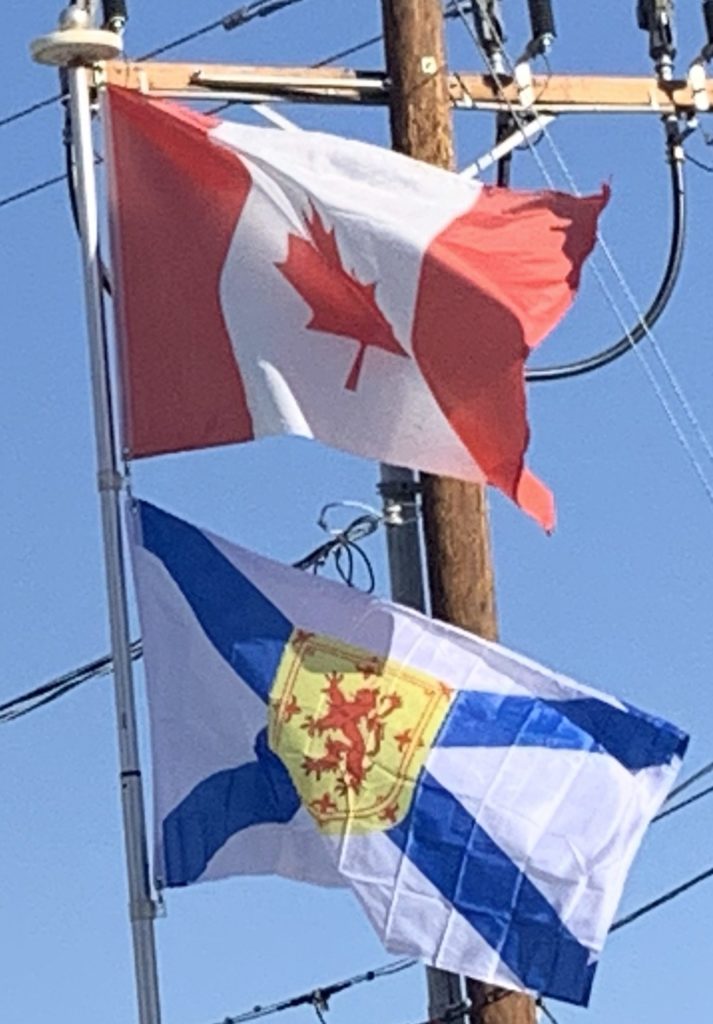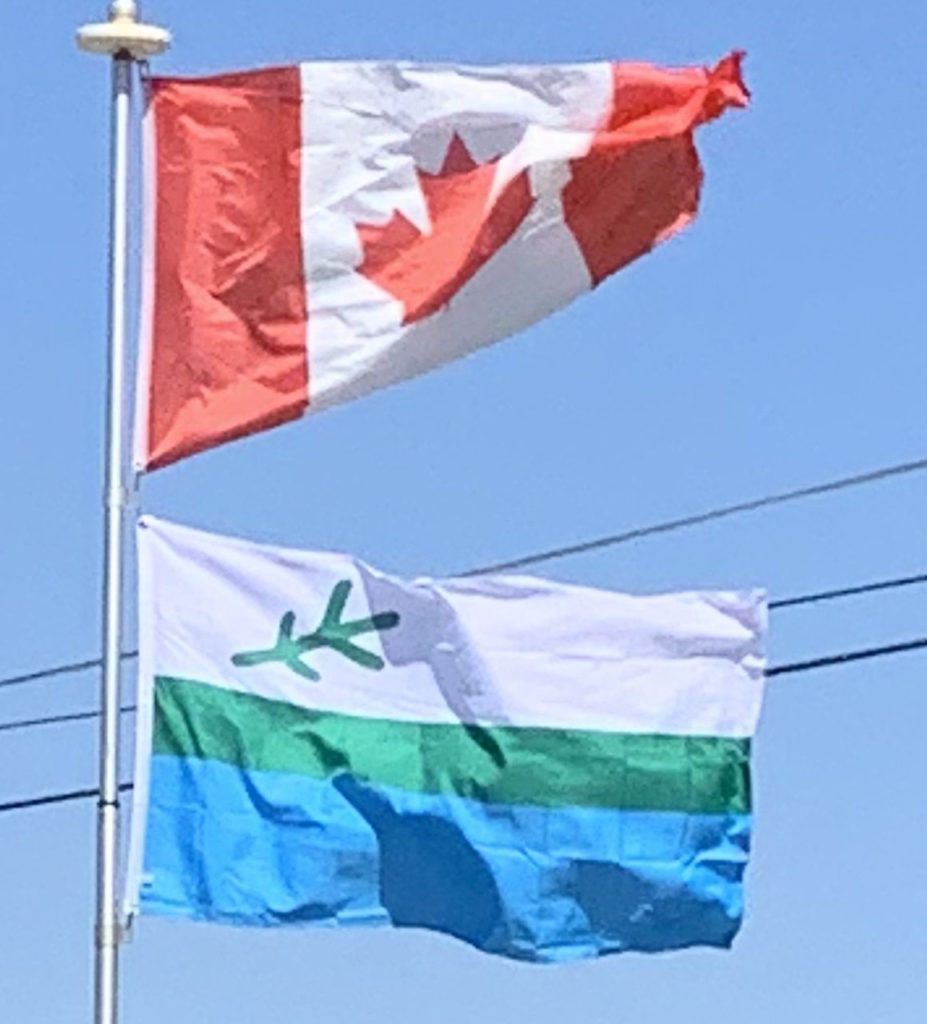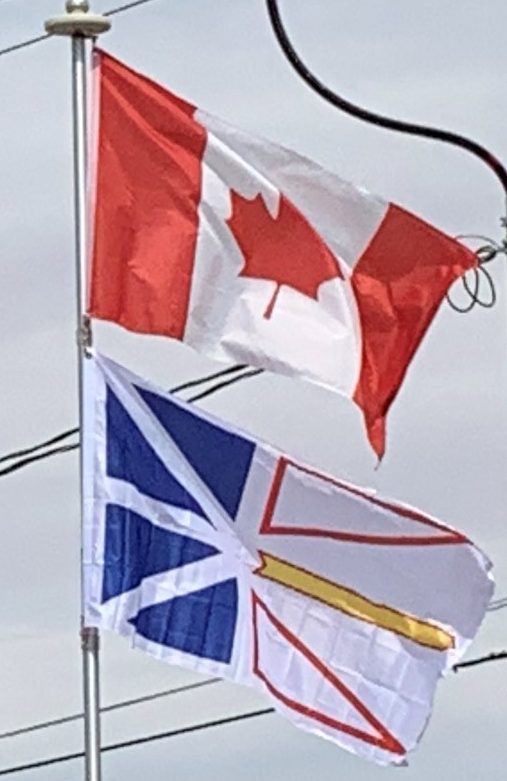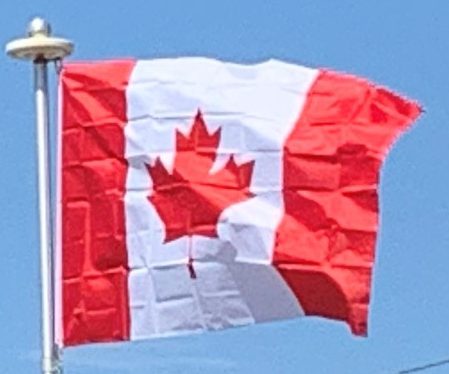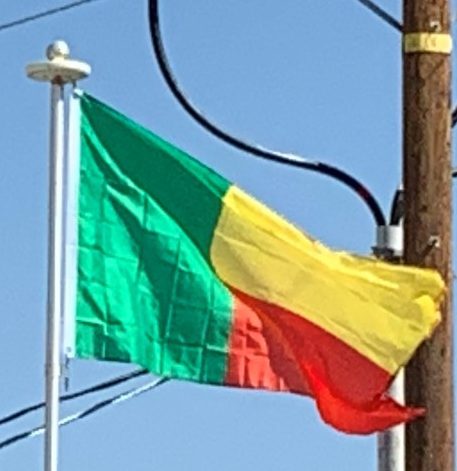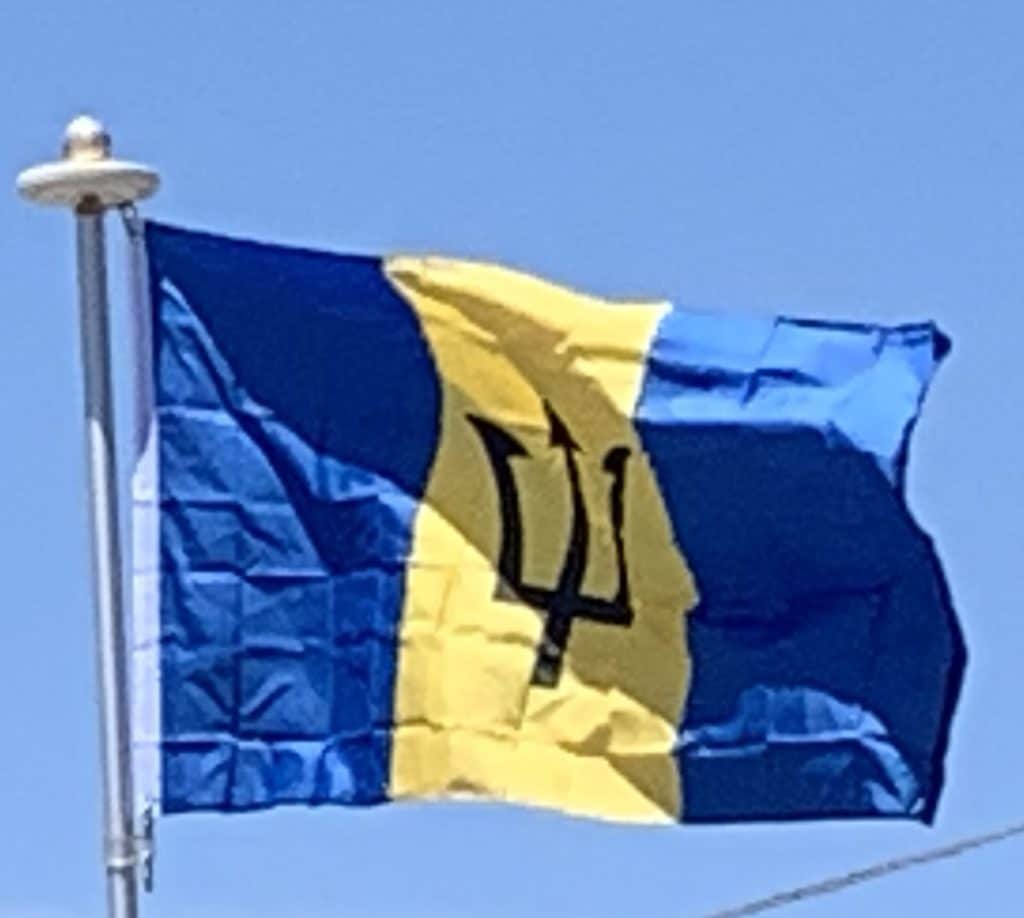Congo, Democratic Republic of
The national flag of the Democratic Republic of the Congo (French: drapeau de la république démocratique du Congo) is a sky blue flag, adorned with a yellow star in the upper left canton and cut diagonally by a red stripe with a yellow fimbriation. It was adopted on 20 February 2006. A new constitution, ratified in December 2005 and which came into effect in February 2006, promoted a return to a flag similar to that flown between 1963 and 1971, with a change from a royal blue to sky blue background. Blue represents peace. Red stands for “the blood of the country’s martyrs”, yellow the country’s wealth; and the star a radiant future for the country.
